
ARTISTS | CATALOGUE | INFORMATION | MEDIA | NEWS

ARTISTS | CATALOGUE | INFORMATION | MEDIA | NEWS
GENRE DEFINITIONS
The following definitions explain some of the genre terms used on this website.
Acid techno is the term used to describe a style of techno that developed out of late 1980s Chicago Acid house. Acid house was essentially house music made
with a specific sound, obtained by using very distinctive instruments created mainly by Roland, such as the TB-303 for bass and lead sounds, and the TR-909
and TR-808 for percussion. Acid specifically refers to the use of the Roland TB-303, or any other synthesizer designed to emulate its unique sound. While
modern electronic instruments have memory banks of different sounds or patches, these machines had to be manually set by adjusting control knobs. The acid
sound was obtained by either setting these controls to extreme parameters, or manipulating these controls in real-time as the track was being recorded,
something record producers would call tweaking.
Breakbeat (sometimes breakbeats or breaks) is a term used to describe a collection of sub-genres of electronic music, usually characterized by the use of a
non-straightened 4/4 drum pattern (as opposed to the steady beat of house). These rhythms may be characterised by their intensive use of syncopation and
polyrhythms. Traditionally, a 'break' is considered to be the part of a funk or jazz song during which the melody "breaks" to let the rhythm section, or
soloist, play unaccompanied. Breakbeat (or funky breakbeat or broken beat) may also refer to the music of bands who play funk and soul music with an emphasis
on the elements that became popular in hip-hop and later breaks-based music. This sound is characterized by slower tempos (80-110 bpm) and organic, "human"
rhythms. It is sometimes differentiated by the term "broken beat".
Breakbeat hardcore (aka oldskool rave hardcore) is a derivative of acid house and techno music, of the late 1980s and early 1990s, that combines
four-on-the-floor rhythms with breakbeats, and is associated with the UK rave scene.
Drum and bass (also written as drum 'n' bass and commonly abbreviated to D&B, D+B or DnB) is a type of electronic music which emerged in the mid 1990s. The
genre is characterized by fast breakbeats (typically between 160–180 bpm, occasional variation is noted in older compositions), with heavy bass and sub-bass
lines. Drum and bass began as an offshoot of the United Kingdom rave scene of the very early 1990s. Over the first decade of its existence, the incorporation
of elements from various musical genres led to many permutations in its overall style.
A style of hard electronic dance music that has increased in popularity since the mid 2000s.
Finrg is a combination of freeform and hard dance. It was originally used as a marketing device to differentiate the style of Finnish hard dance and freeform
producers from UK hard dance and freeform producers. It's name is derived from the Finrg record label and was chosen to specifically market the label and
it's producers by Electronica Exposed and Finrg.
Freeform is a term used to describe a subgenre of Happy Hardcore UK Hardcore. The genre developed gradually as conventional Hardcore slowly became more
influenced by trance. The music is generally more instrumental, being known for its 4/4 beat, prominent acid lines, and often rolling bass and hard trance
leads. It was originally widely known as Trancecore.
Happy hardcore, also known as happycore, is a genre of music typified by a very fast tempo (usually around 160–180 BPM), often coupled with solo vocals and
sentimental lyrics. Its characteristically 4/4 beat "happy" sound distinguishes it from most other forms of hardcore techno, which tend to be "darker". It is
typically in a major mode, like Ionian or Lydian. In its original incarnation, it was often characterized by piano riffs, synthetic stabs and spacey effects.
This genre of music is closely related to the typically Dutch genre of Gabber. Happy hardcore evolved from Breakbeat Hardcore around 1991–1993, as the
original house music-based rave became faster and began to include breakbeats, evolving into Oldschool Jungle which evolved into Drum and Bass.
Hard Dance is an umbrella term that refers to a group of Hard electronic dance genres which aren't hard enough to be classified as hardcore. The term usually
includes genres such as Hard House, Hard NRG, Hard Trance, and Hardstyle. The BPM for these genres is typically 140-180BPM, with a 4/4 rhythm (specifically
four-on-the-floor).
UK Hard House or simply Hard House is a style of Hard Dance music that emerged in the 1990s. Proper hard house is typified by a set formula of up-tempo house
music compressed kick drums, signature style off-beat basslines (often referred to as a 'donk') and the use of 'hoover' type sounds. In contempt of the name
it shares some parts in style with house music, but borrows elements heavily from trance music (synths and sometimes breakdown formula) plus
oldskool/hardcore/rave music (hoover sounds, rap samples). Generally, hard house is part of a wider group of styles called Hard Dance and has little in
common with the modern trance or house scenes going for a stronger storm sound. Hard Dance also encompasses NRG or Hard NRG, which UK Hard House is often
confused for. However, the two have some variance from each other, and are considered two separate genres by Hard Dance enthusiasts.
Hard trance is a subgenre of trance music that originated in Western Europe (Belgium, Germany, and Netherlands) in the mid-1990s as the breakbeat hardcore
production community began to diversify into new and different styles of electronic music, all influenced by UK hard house, happy hardcore and jungle/drum &
bass. The popularity of hard trance peaked during the late 1990s, and has since then faded in scope of newer forms of trance. Hard trance is often
characterized by strong, hard (or even downpitch) kicks, fully resonant basses and an increased amount of reverberation applied to the main beat. Melody
varies from 130 to 150 in tempo, and can feature plain instrumental sound in early compositions, with the latter ones tending to implement side-chaining
techniques of progressive on digital synthesizers. Hardtrance was the final form of progressive to hit the mainstream. It eventually morphed into
jumpstyle/hardstyle and completely pushed out of popularity around 2007.
House music is a genre of electronic dance music that originated in the American city of Chicago, Illinois in the early 1980s. Since the early to mid-1990s,
house music has been infused in mainstream pop and dance music worldwide. Early house music was generally dance-based music characterized by repetitive 4/4
beats and rhythms centered around drum machines, off-beat hi-hat cymbals and synthesized basslines. While house displayed several characteristics similar to
disco music, it was more electronic and minimalistic, and the structured music's focus around a repetitive rhythm was more important than the song itself.
House music today, while keeping several of these core elements, notably the prominent kick drum on every beat, varies a lot in style and influence, ranging
from the soulful and atmospheric deep house, to the more minimalistic microhouse. House music has also fused with several other genres creating fusion
subgenres, such as Euro house and tech house.
Although no firm classification rules exist, the structure consists of House with notable variations. For example, phrases are usually a power of two number
of bars and begin with the introduction of a new or different melody or rhythm. The tempo generally ranges from 120 to 135 bpm (which is faster than typical
earlier house). Such structure is intuitively described as consisting of three major structural elements: (1) build-up; (2) breakdown; (3) climax. These
three structural elements are expressed either temporally or in their intensity, if not both. A 'build-up' sequence can sometimes last up to 3 or even 4
minutes. Subtle incremental/decremental acoustic variations (i.e., gradual addition/subtraction of instruments) anticipate the transition to each subsequent
structural element of the track. The initial build-up and the final break-down are generally very similar, adding a feel of symmetry to the general structure
of the melody.
Source: http://en.wikipedia.org/wiki/Progressive_electronic_music.
Trance is a genre of electronic dance music that developed in the 1990s. It is usually characterized by a tempo of between 125 and 150 beats per minute.
www.electronicaexposed.co.uk
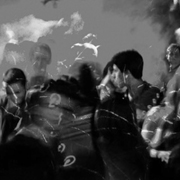
>> ACID TECHNO
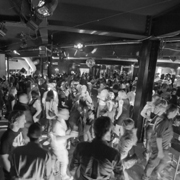
>> BREAKBEAT
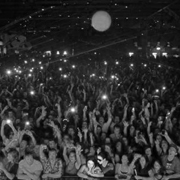
>> BREAKBEAT HARDCORE
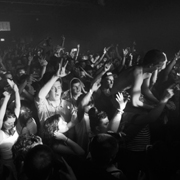
>> DRUM & BASS

>> ELECTRO HOUSE
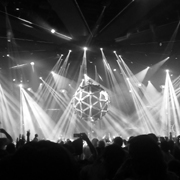
>> FINRG
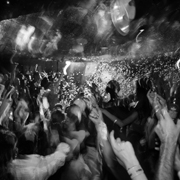
>> FREEFORM
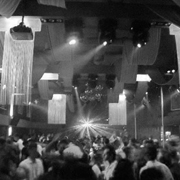
>> HAPPY HARDCORE

>> HARD DANCE
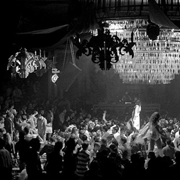
>> HARD HOUSE
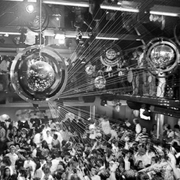
>> HARD TRANCE
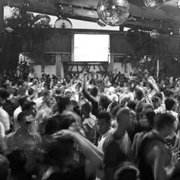
>> HOUSE
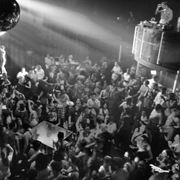
>> PROGRESSIVE HOUSE
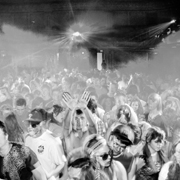
>> TRANCE
© 2002- Electronica Exposed